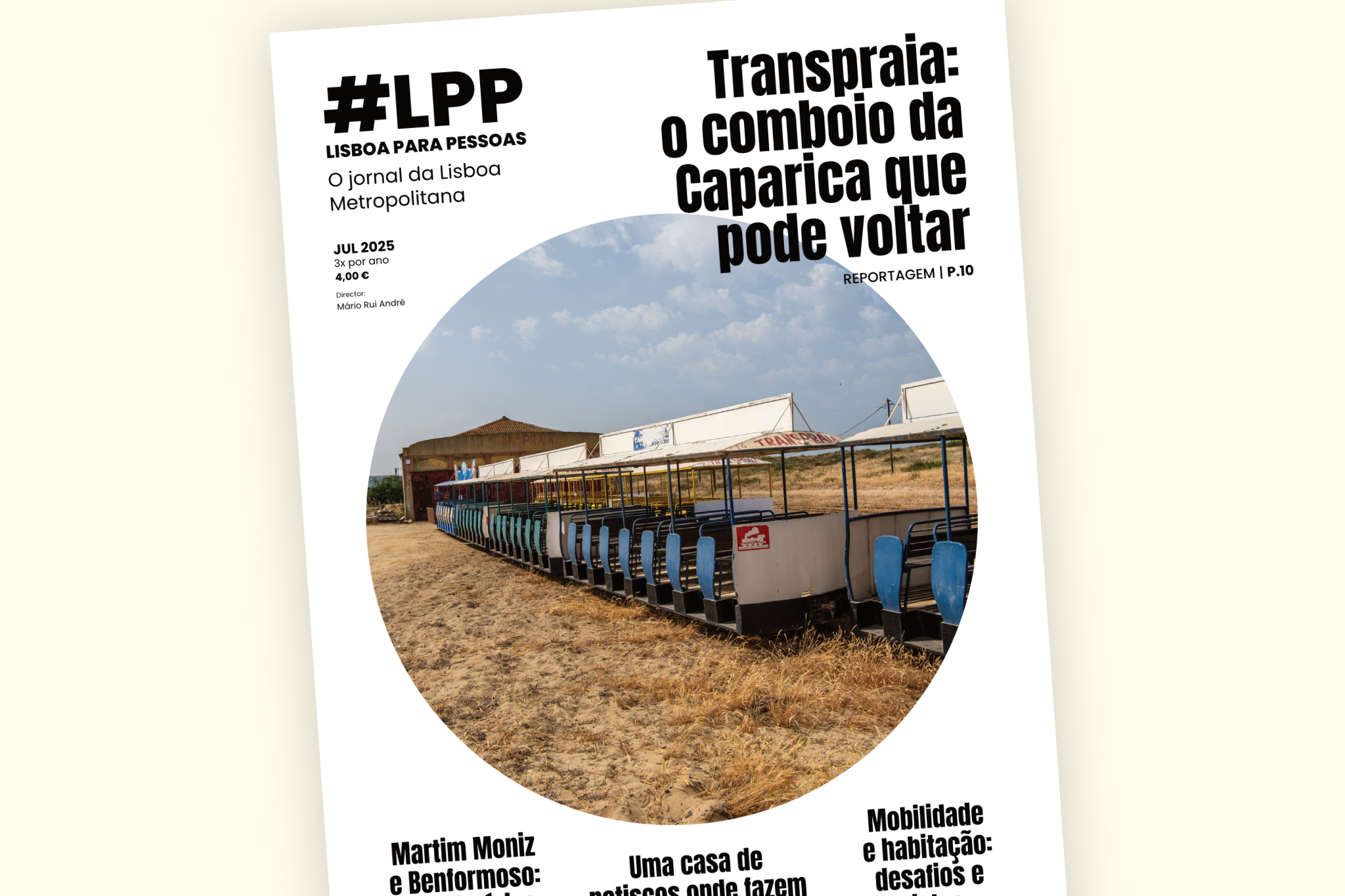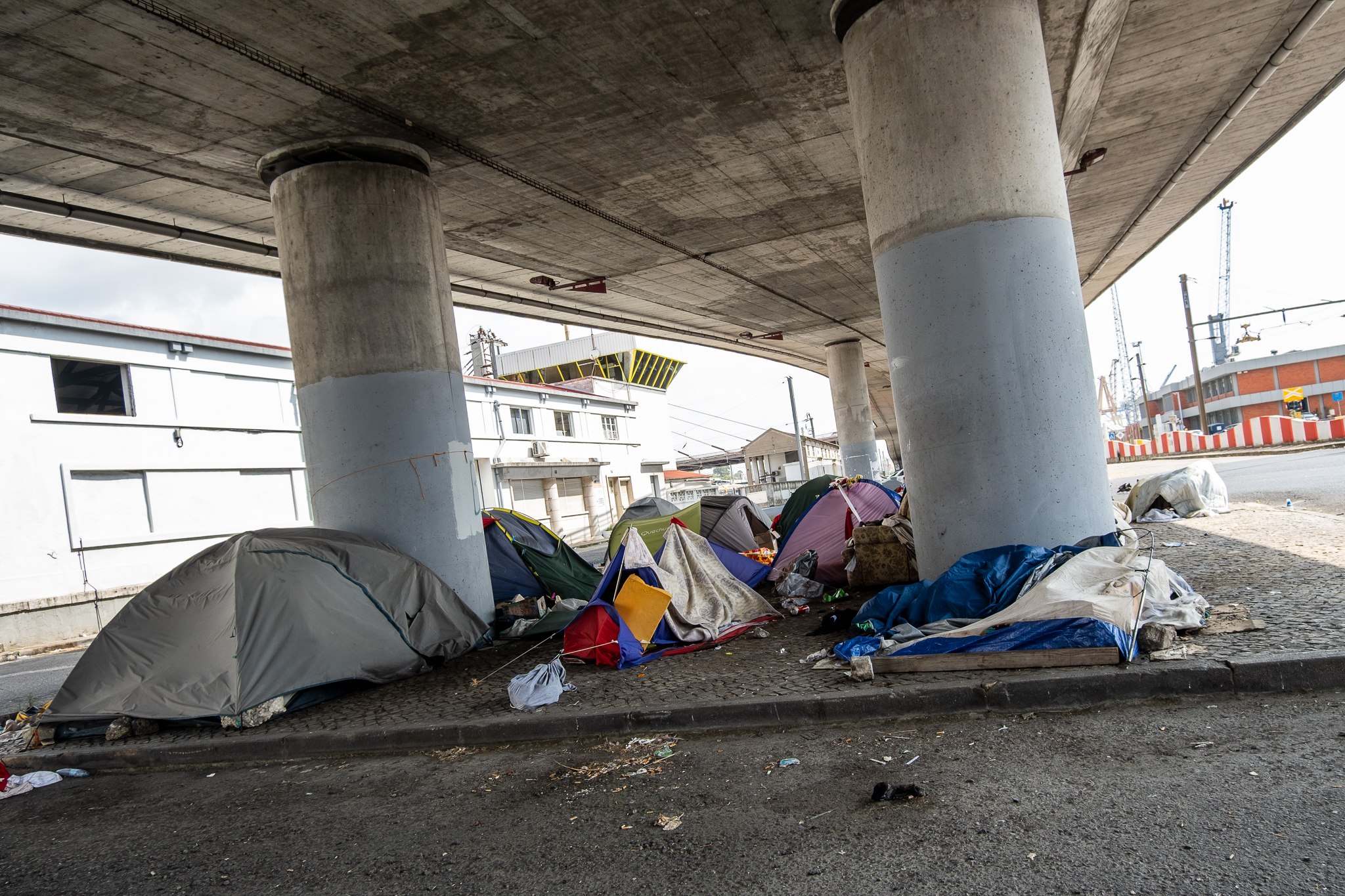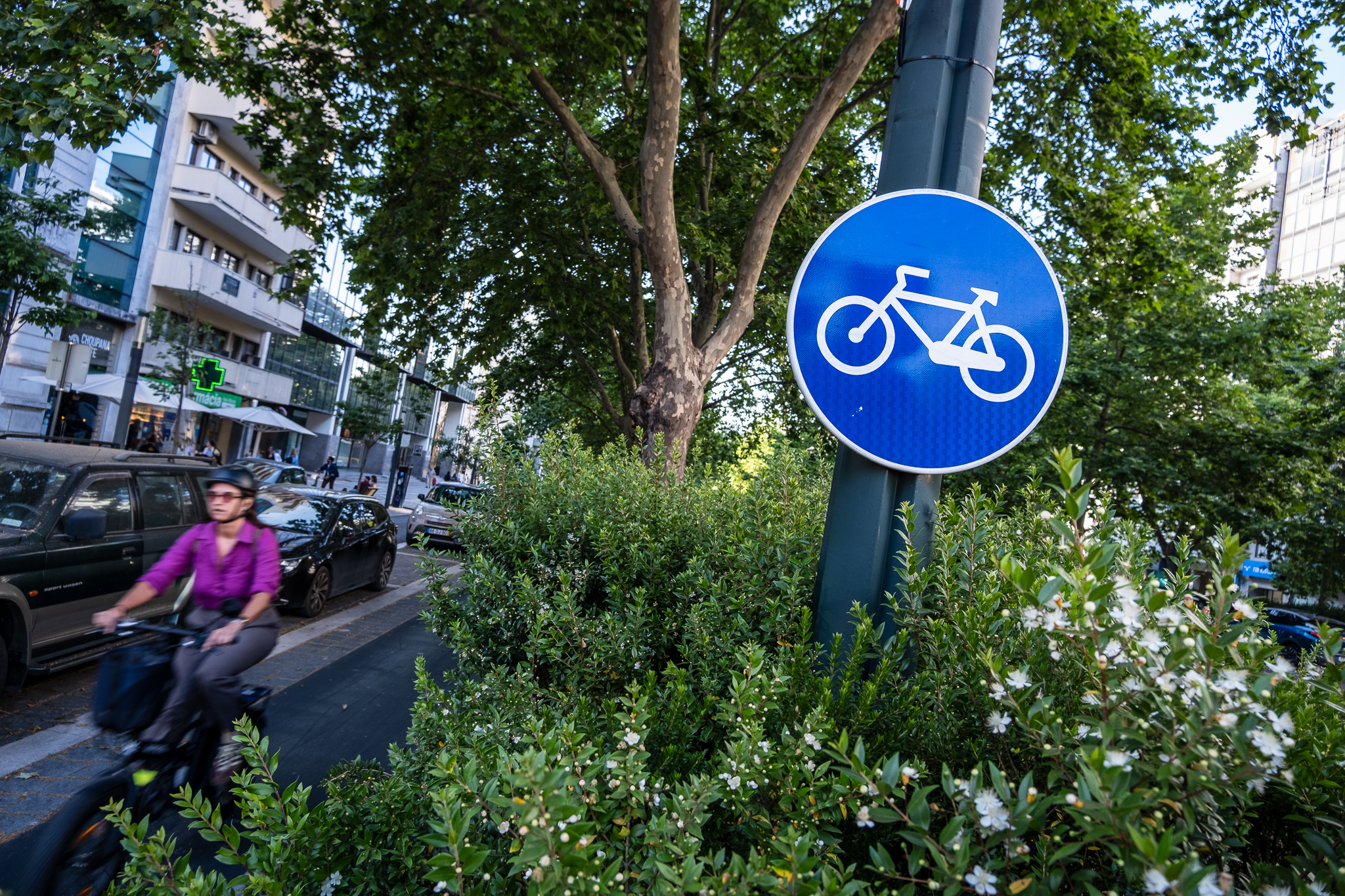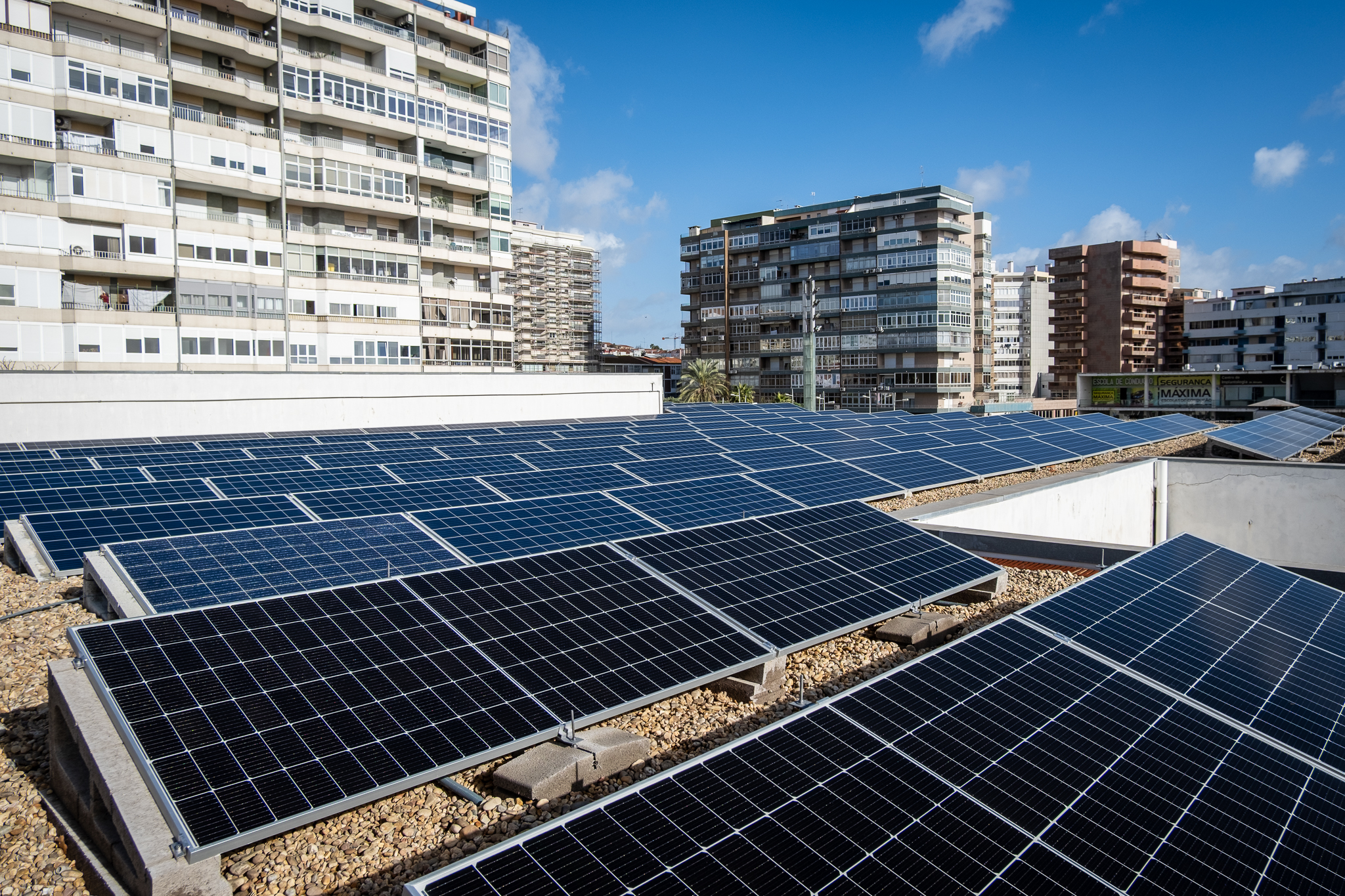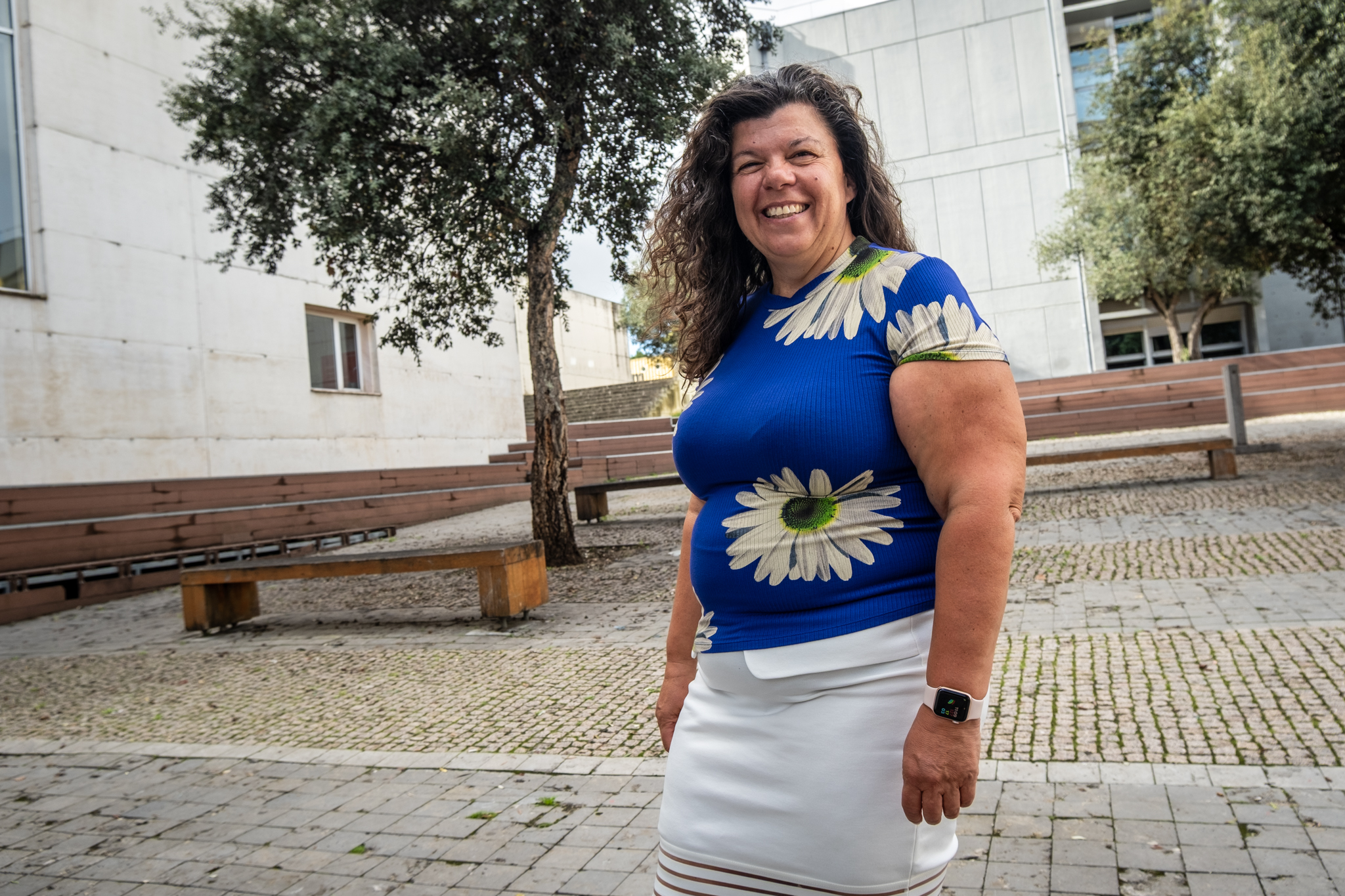In two posts on social media, the Public Security Police (PSP) shared false information about bicycle circulation, generating more confusion at a time when coexistence between modes could be more peaceful.

Contrary to what the Public Security Police (PSP) claims, in two publications on its social networks, cycle lanes are not mandatory, nor are cyclists forced to a 25 km/h speed limit. Nor is there any obligation to cycle on the right, it is only a recommendation that, for the safety of cyclists, should not be followed in all situations. Let's get to the facts.
And let's start at the beginning, by putting the posts under review. In anticipation of World Youth Day, the PSP has made a set of social media posts (X/Twitter, Instagram e Facebook), which he called "short information guide". "Do you know the main rules to follow when driving a bicycle?", challenged the Portuguese police. Of the total of six publications made as part of this guide, there were two that caught the eye - one of July 19th e another of 28 July - by contradict the Highway Code.
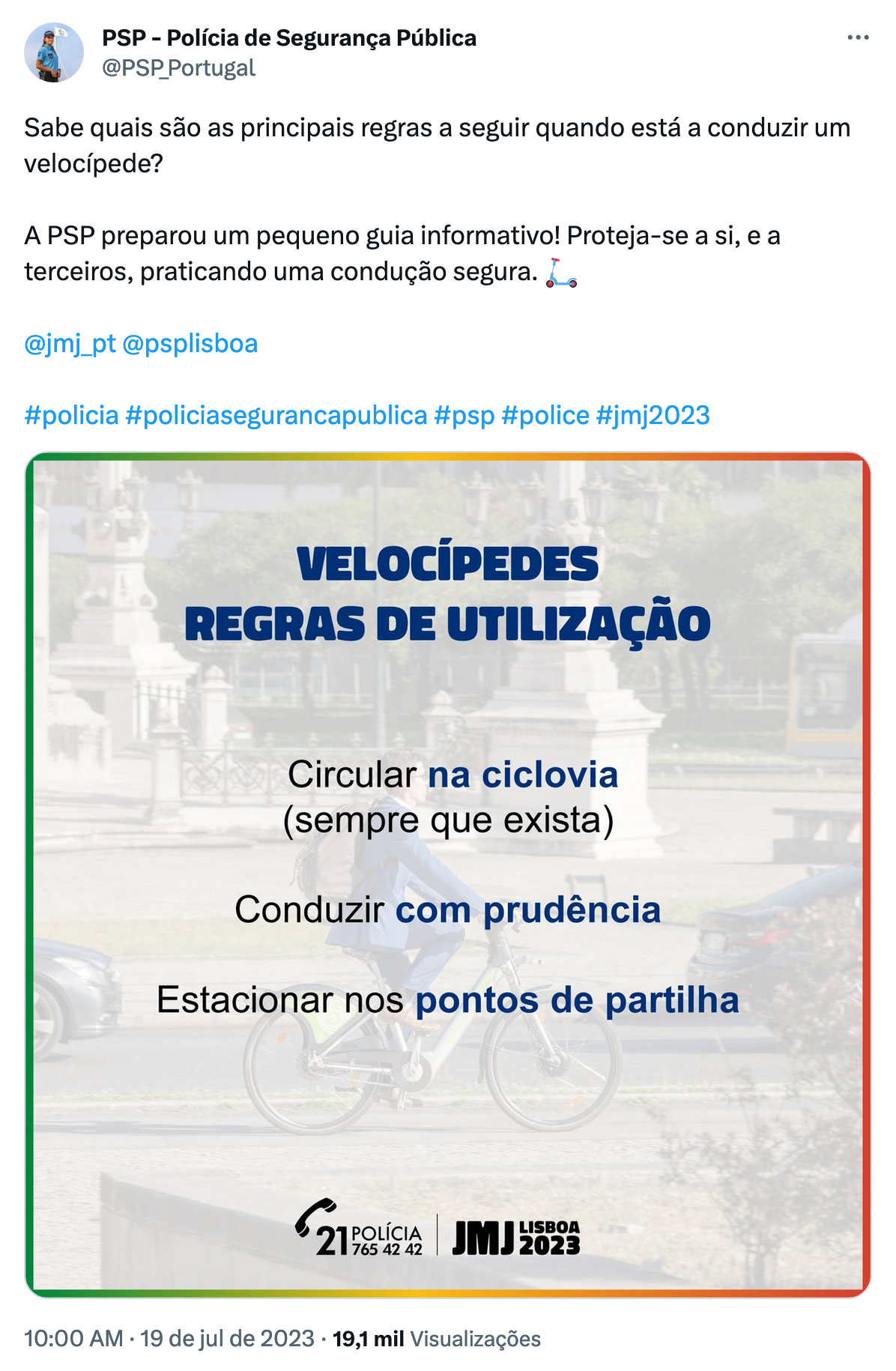

Mandatory cycle lanes?
In the first of these publications, the PSP claimed that cyclists must "ride on the cycle path (where available)". However, according to the Highway Code, the use of cycle paths is optional. The first point of Article 78 is quite clear: "Where there are lanes specially designed for animals or vehicles of certain species [such as cycle paths], their traffic shall preferably be carried out on those lanes." This means that, just as a motorist can choose to drive on a highway or on a parallel national road, a cyclist can also choose between the cycle path and the road - the Highway Code only recommends using the cycle path. To LPP, the Lisbon section of MUBi - Association for Urban Mobility by Bicycle explains: "A motorist has the freedom to choose which route he or she wants to take before starting a journey - taking into account factors such as time taken, safety, comfort, the level of congestion, the stops he or she has to make, the places he or she wants to pass or not pass, or even the type of car he or she is driving. The same principle of freedom of transit should also apply to cyclists"..
MUBi reinforces that the word "preferably", used in the Highway Code, "does not induce compulsion"; and says that "there are in fact many reasons why a cyclist, exercising his or her right of freedom, may choose not to use a cycle path and instead ride on the road alongside other users.". In addition to the factors already mentioned, such as time or comfort of travel, he points out that in the particularity of bicycles "there are many cycle paths in Portugal that were poorly conceived and designed with several design errors"because, for example, they were "thought of by mayors as leisure routes"The use of the road is understandable in the case of a daily/regular home-work commute. "These design and project errors are also obvious when it comes to cyclist safety, as these cycle paths can be more dangerous for cyclists, especially at intersections, but also in conflicts with pedestrians.", adds the association to the LPP.
On the other hand, it states that "it also makes no sense to require cyclists in sports training to use cycle paths, mainly because of the errors pointed out above. Just as it does not make sense to require any bicycle user to use a cycle path that lacks maintenance and 'traps' that can lead to falls, or that leads to dead ends, without the possibility of making their route continuous and / or comfortable".. He adds: "This freedom of choice is really also a question of citizenship. By forcing cyclists to use cycle lanes and exacerbating segregation between the two modes, motorists and cyclists are left with the perception that cycling does not belong on the road."
Thus, it is false that a person on a bicycle (or scooter) must ride on the cycle path whenever it exists, as stated in the PSP publication.

25 km/h limit?
In the second publication, the Portuguese police alleged the the existence of a speed limit for cyclists of 25 km/h. A bicycle, like any other vehicle, is subject to the speed limits of the places where it travels. Within a locality, the most common limits are 30 km/h and 50 km/h. It will be very difficult indeed to find a bicycle traveling at more than 50 km/h in an everyday context - or even more than 30 km/h. In fact, the most common speed of an electric bike is will be located between 20 and 25 km/h, while a bicycle without a motor (conventional) can reach closer to 30 km/h (as it is a lighter vehicle and does not have an electric assistance turning off at 25 km/h, it allows pedaling at higher and constant speeds). In any case, unlike a car or a motorcycle, which can reach high speeds without any technological or human limitation, a bicycle, because it has such impediments, is considered a safe vehicle to ride in coexistence, for example, with pedestrians; this is also why speed limits on cycle paths are unnecessary.
So where does the 25 km/h that the PSP refers to come from? From Article 112 of the Highway CodeThis definition includes the definition of a bicycle and includes electric bicycles in that definition. It is stated that electric bicycles must have 'an auxiliary motor with a maximum continuous power of 1,0 kW, the power supply of which is progressively reduced with increasing speed and stopped if the speed of 25 km/h is reached, or earlier if the rider stops pedaling'. The article also equates electric scooters with bicycles, defining for them a maximum continuous power of 0.25 kW and the same maximum speed of 25 km/h, which, when reached, also leads to the engine being switched off. These rules are not national - they are the result of European regulation. This means that EU rules - and, by homologation, Portuguese rules - do not allow electric bicycles and scooters with motors that exceed 25 km/h. In the Highway Code, there are fines for those who do not respect these rules: "Any person who drives (...) in disregard of the technical characteristics and traffic rules laid down (...) shall be punished with a fine of (euro) 60 to (euro) 300."
To be clear: these fines are not for cyclists who are riding at more than 25 km/h; they are for people riding electric bikes or scooters whose motors do not switch off at 25 km/h because they have been modified to do so or because they have been bought in non-compliance with European law. Thus, it is false that a bicycle (or scooter) is limited by default to a maximum speed of 25 km/h, as stated in the PSP publication; the maximum speed depends on the limits indicated in each situation. "Cyclists are not covered by any maximum speed limit other than the one set for other vehicles. Of course, we are comparing different speed potentials; however, the law in force is the same, in direct relation to the signage on a given road.", confirms MUBi. "What does exist is an intrinsic limitation of bicycles with an auxiliary motor that is only in operation while the user is pedaling and is automatically switched off at 25 km/h. These are quite different things."
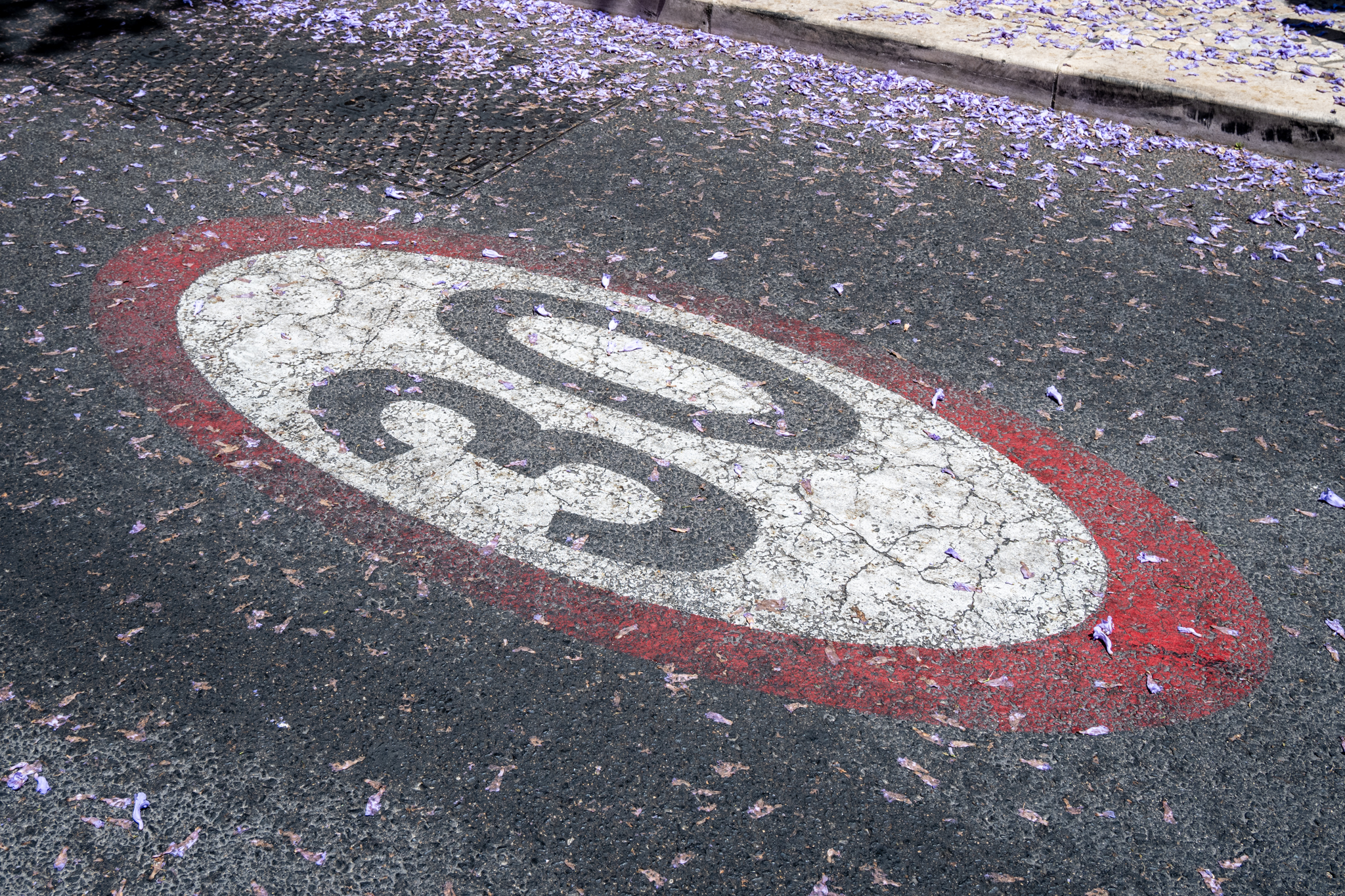
Transit on the right side?
In the same second publication, the PSP also stipulates as a rule the "drive on the right-hand side of the road". However, in the Highway Code, this also appears as a recommendation: "Drivers of bicycles shall travel on the right-hand side of the roadway, keeping a sufficient distance from the roadside or sidewalk to avoid accidents.", Article 90 reads. "This is one of the preconceived ideas that causes the most damage to the healthy coexistence between cars and bicycles on the road", regrets MUBi. "We are often talking about a question of centimeters, but the right side of the road does not imply being as far to the right as possible, as often the most daring motorists want to interpret." Also according to the association, it is not always best to ride on the right for the safety of cyclists. "Riding close to the kerb leaves cyclists with no escape route in the event of poor road surfaces, accumulated debris, or accidents caused by parked car doors suddenly opening."
In cycling lessons, many are taught to have a flexible and defensive position, with cyclists recommended to occupy the center of the lane in order to force drivers to overtake in the next lane, while respecting the 1.5 meter safety distance. "A driver of a vehicle overtaking a person on a bicycle has to do so fully occupying the adjacent lane, so it makes no sense from the point of view of everyone's safety that someone on a bicycle has to lean further to the right, a situation that often leads to risky tangents and failure to observe the necessary 1.5 meters of distance when overtaking."adds the association dedicated to urban mobility by bicycle.
On this point, the information published by the PSP is imprecise and could be clearer regarding the position of cyclists on the road, from the point of view of their safety and the recommendatory nature of this specific point in the Highway Code. "What worries us in particular is, on the one hand, that the PSP does not know the Highway Code backwards and forwards, and lends itself to these misconceptions; and, on the other hand, that these misconceptions persist, that is, they are taken as truths by society and by less informed citizens who thus perpetuate false ideas"., concludes MUBi. "In the spirit of collaboration and kindness, here is the challenge: MUBi is now available to hold a series of workshops at the Police Training School on the Highway Code and the importance of active mode safety."


